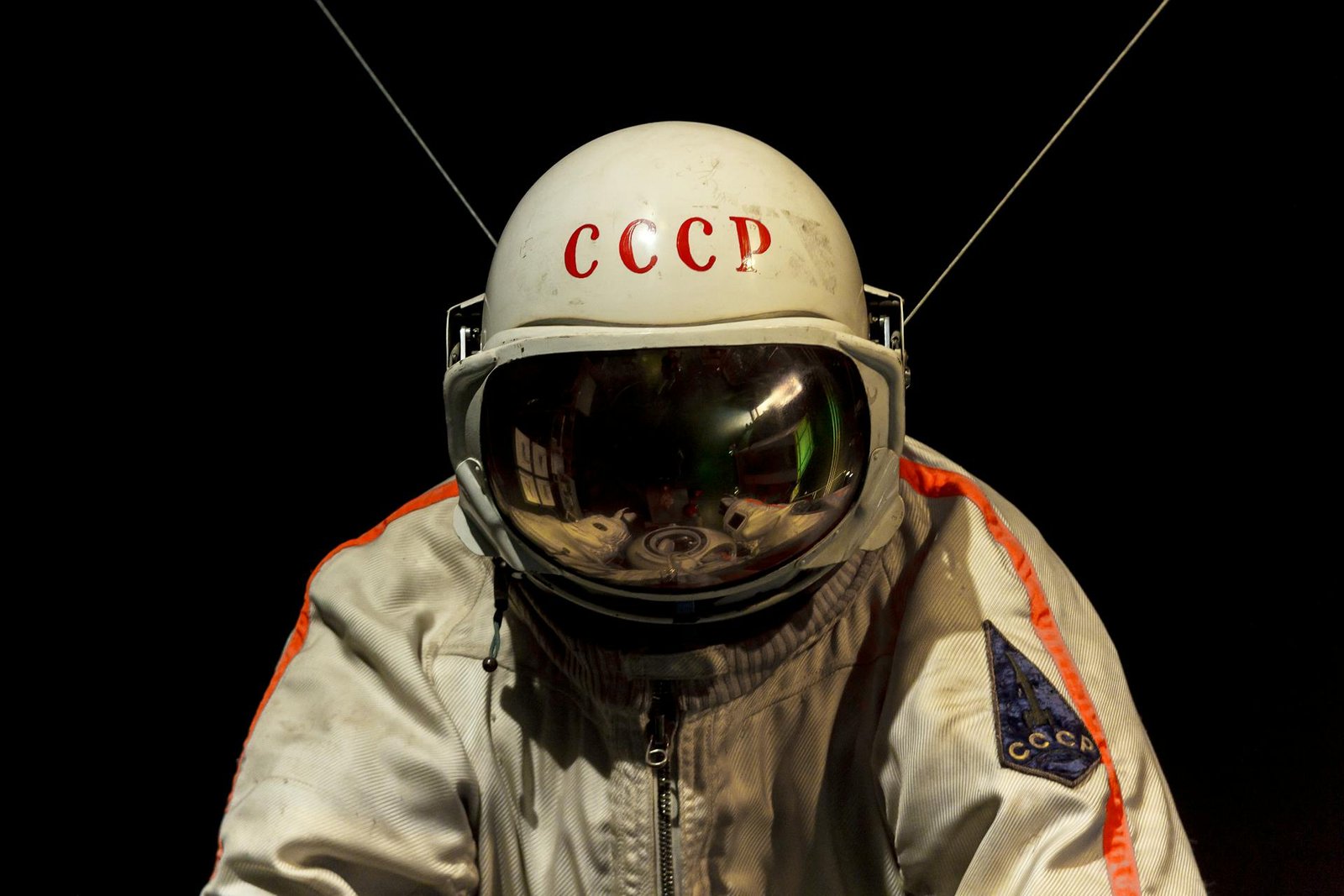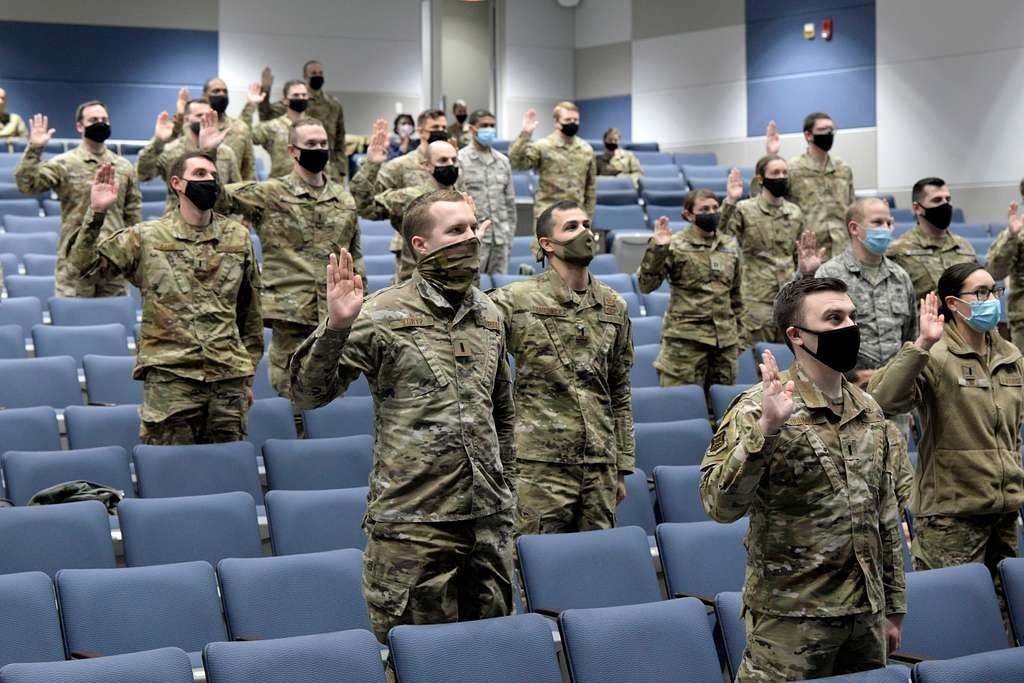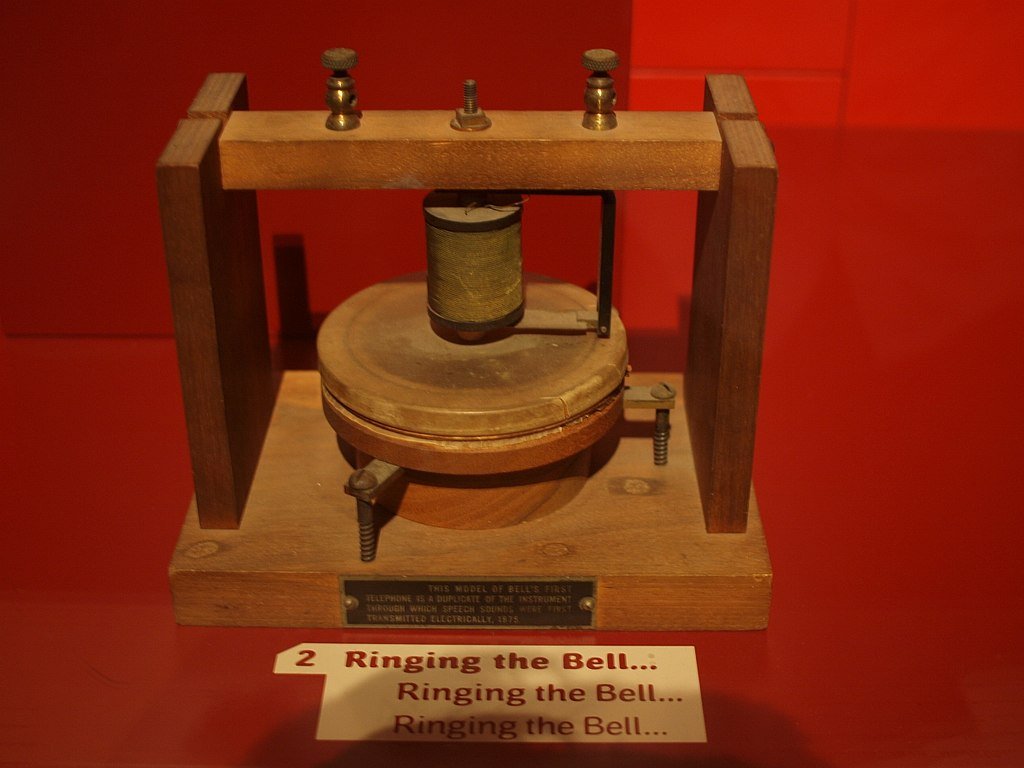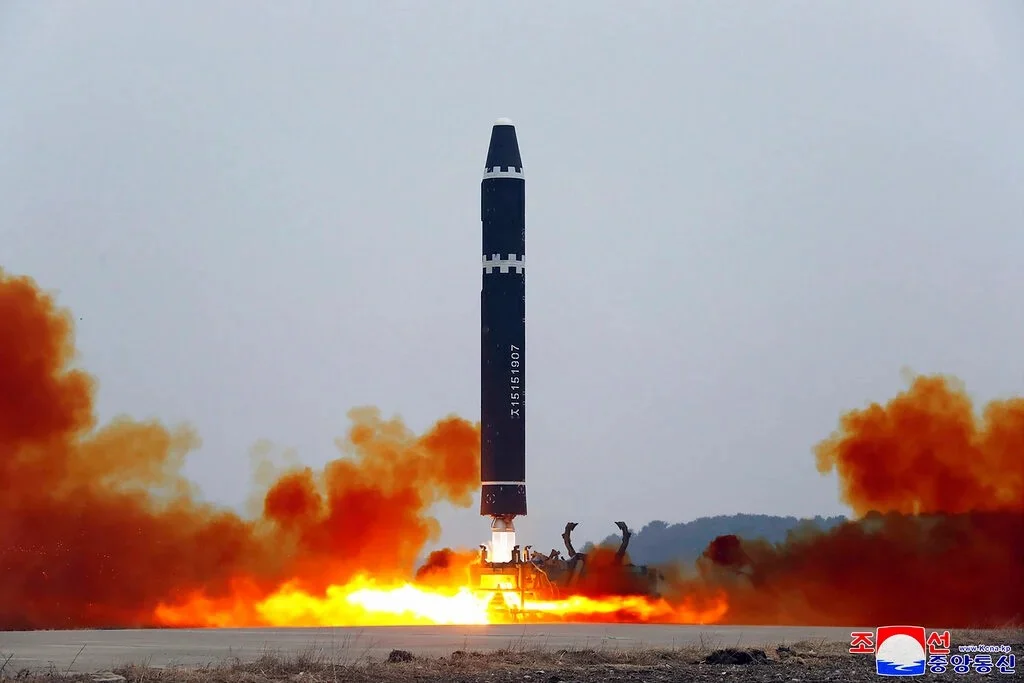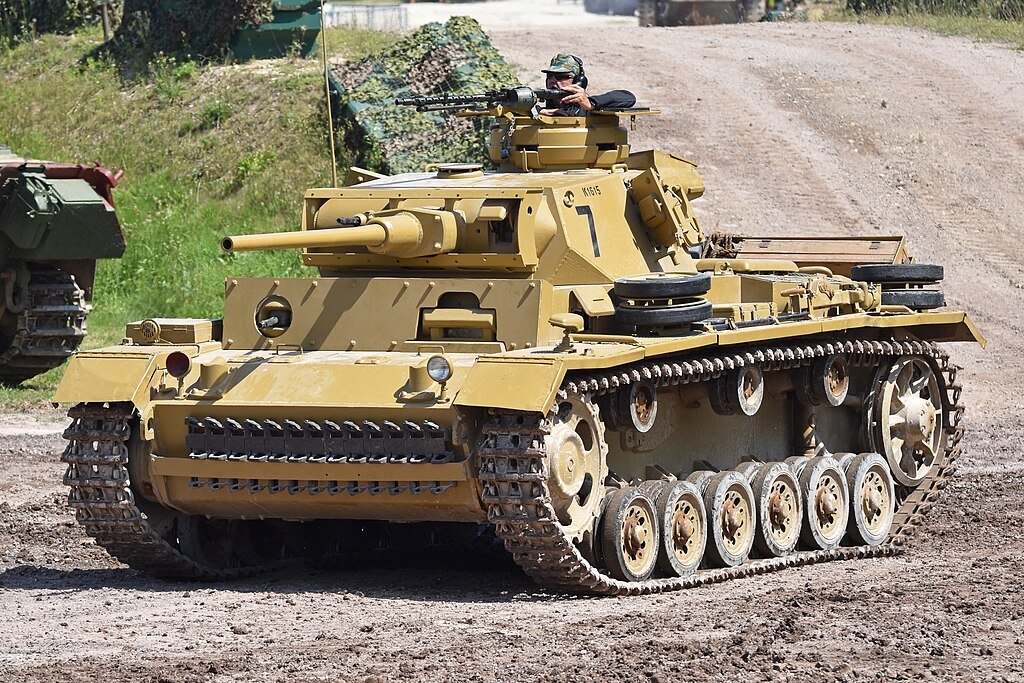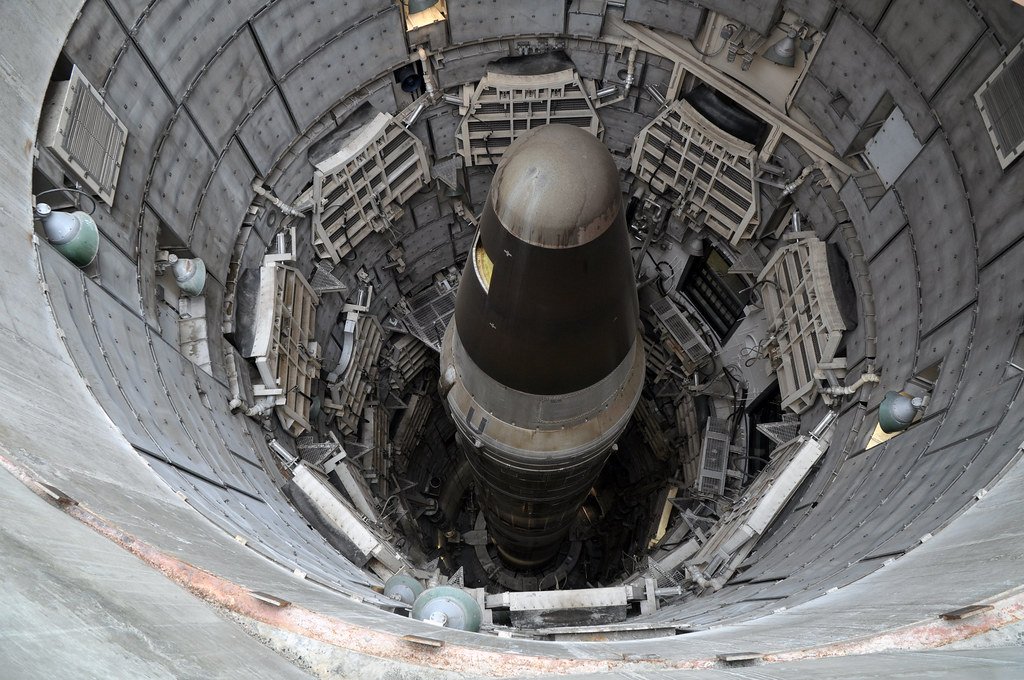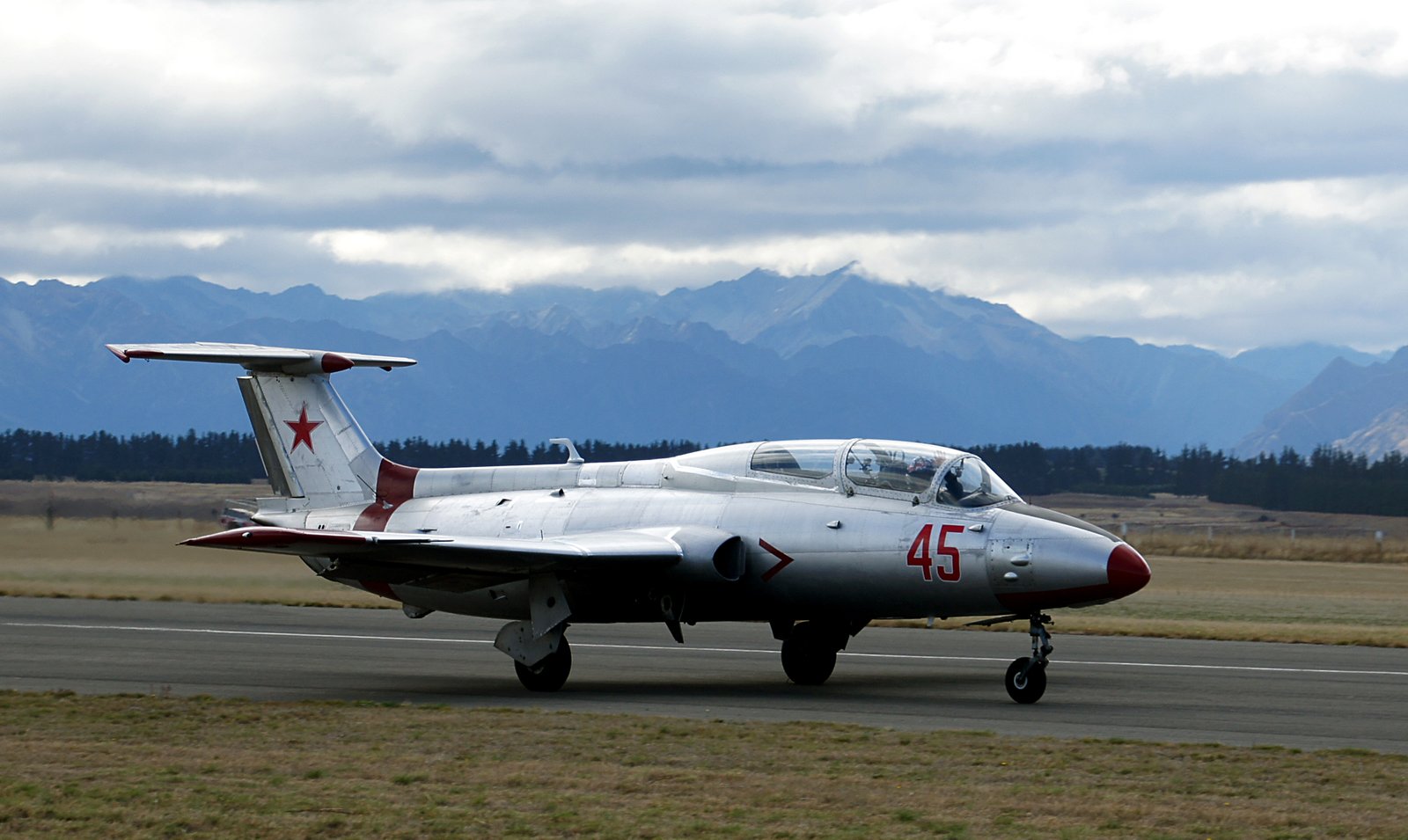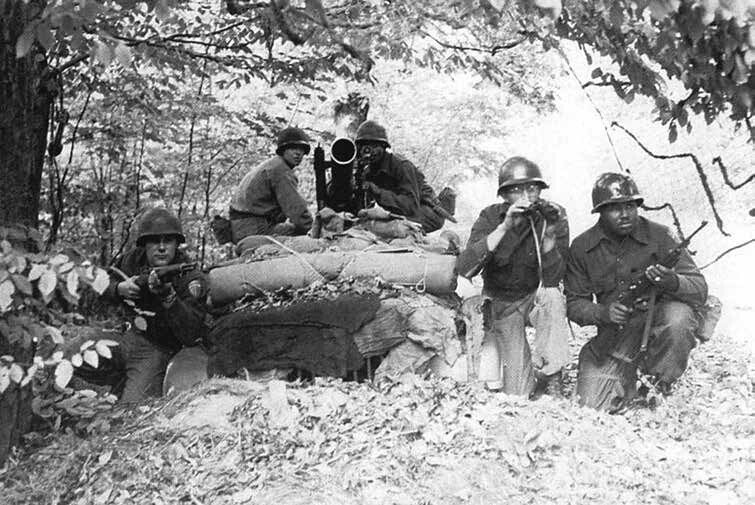The history of nuclear arms control between the United States and Russia is a complex, pivotal narrative that has shaped the course of global security for decades. This blog post will take you on a comprehensive journey through time, tracing the key events and agreements in the U.S.-Russia nuclear arms control timeline. From the early Cold War tensions to present-day challenges, let’s explore the intricacies of this historic odyssey and explore the profound impact it has had on international relations and nuclear disarmament efforts.
Table of Contents
The Dawn of the Nuclear Age
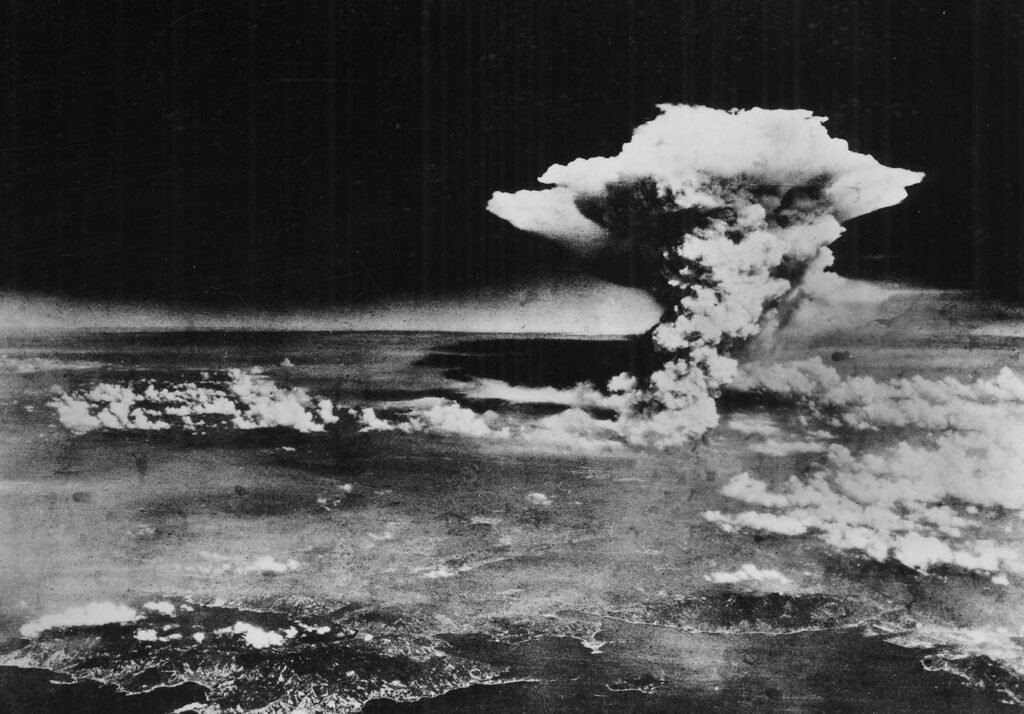
Our timeline begins in the aftermath of World War II when the United States ushered in the nuclear age with the bombings of Hiroshima and Nagasaki in 1945, marking the deployment of the first atomic bomb. The sheer devastation caused by these atomic bombs sent shockwaves across the globe, with the world coming to terms with the frightening power of nuclear weaponry.
1949 – Soviet Union Tests Its First Atomic Bomb
In 1949, as the first atomic bomb tests reverberated across the international stage, the Cold War began to take shape. The Soviet Union conducted its first successful test of an atomic bomb, marking a pivotal moment in history. This event not only symbolized the end of the U.S. monopoly on nuclear weapons but also escalated tensions between the superpowers.
The Cold War Era
The Cold War, characterized by intense ideological rivalry between the U.S. and the Soviet Union, saw a proliferation of nuclear weapons and a relentless quest for arms control to prevent a catastrophic conflict.
1963 – The Limited Test Ban Treaty
Both nations signed the Limited Test Ban Treaty in 1963, which banned nuclear tests in the atmosphere, underwater, and in outer space. This monumental agreement represented the first step towards nuclear arms control and set the stage for future negotiations.
1972 – SALT I (Strategic Arms Limitation Talks)
Amidst the Cold War backdrop, the U.S. and the Soviet Union engaged in the Strategic Arms Limitation Talks (SALT I) and signed the resulting treaty. SALT I limited the number of intercontinental ballistic missiles (ICBMs) and submarine-launched ballistic missiles (SLBMs), ushering in a period of détente and easing Cold War tensions.

The End of the Cold War
The Cold War began to thaw in the 1980s, leading to significant progress in nuclear arms control.
1987 – INF Treaty (Intermediate-Range Nuclear Forces Treaty)
The INF Treaty (Intermediate-Range Nuclear Forces Treaty) played an instrumental role in the historic transformation of the Cold War landscape during the 1980s. The pivotal treaty emerged as a beacon of hope amid the tension between the United States and the Soviet Union, signifying a turning point in nuclear arms control.
As the INF Treaty negotiations gained momentum, both superpowers recognized the urgent need to mitigate the looming nuclear threat. In 1987, the treaty was signed, sealing a groundbreaking commitment. It mandated the complete elimination of all ground-launched ballistic and cruise missiles with ranges between 500 and 5,500 kilometers.
The INF Treaty’s significance cannot be overstated. Removing these intermediate-range nuclear forces from Europe not only enhanced regional security but also marked a monumental stride toward global nuclear disarmament. The treaty’s success was a testament to the power of diplomatic engagement. It paved the way for further arms control agreements, fostering an environment of trust and cooperation in the aftermath of the Cold War.
Post-Cold War Challenges
As the Iron Curtain lifted and the Cold War drew to a close, the dissolution of the Soviet Union in the early 1990s heralded a new era in nuclear arms control. With the world witnessing historic geopolitical shifts, a fresh set of challenges and opportunities emerged on the global stage.
1991 – START I (Strategic Arms Reduction Treaty)
In this post-Cold War landscape, the United States and Russia took a monumental step towards a safer world by signing the Strategic Arms Reduction Treaty (START I) in 1991. This landmark agreement represented a profound shift in the approach to global security.
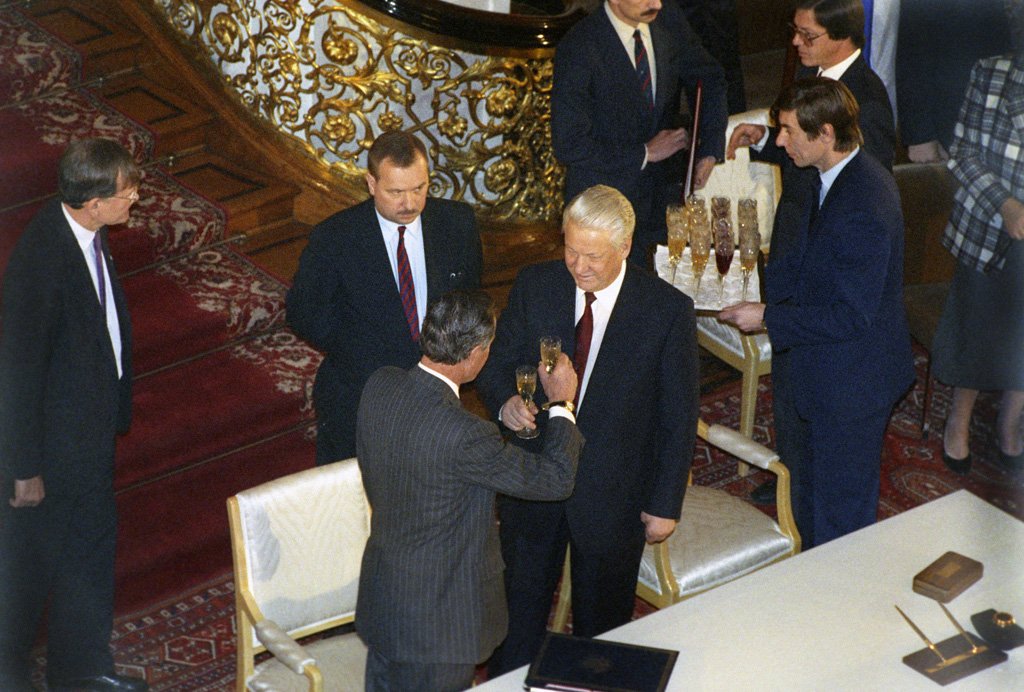
START I aimed to reduce the number of strategic nuclear weapons and launchers held by both superpowers. The treaty’s significance lay not only in the numerical reductions but also in the symbolic commitment to disarmament in a world no longer defined by superpower rivalry.
This treaty signaled a willingness to adapt to the changing geopolitical landscape and a shared determination to enhance global security. It marked a crucial moment in the ongoing journey toward reducing the threat posed by nuclear weapons and fostering a more peaceful and stable world.
New Millennium, New Agreements
As the 21st century dawned, the imperative to secure a safer world through nuclear arms control persisted. In this new millennium, nations forged ahead with determined efforts to diminish nuclear arsenals and bolster transparency, acknowledging the enduring specter of nuclear threats.
2010 – New START (Strategic Arms Reduction Treaty)
A watershed moment arrived in 2010 with the signing of the New START (Strategic Arms Reduction Treaty). Against the backdrop of an ever-uncertain world teeming with nuclear perils, this landmark agreement represented a beacon of hope. The New START treaty ushered in a new era of disarmament diplomacy, effectively limiting the deployment of strategic nuclear weapons and launchers.
What set the New START apart was its unwavering commitment to transparency and verification. Rigorous measures were implemented to monitor and ensure compliance, fostering mutual trust and confidence between the United States and Russia. In an age when the stakes of nuclear disarmament could not be higher, the New START epitomized a resolute step toward a safer, more secure global landscape.
Contemporary Challenges
Despite progress, contemporary challenges persist in U.S.-Russia nuclear arms control, demanding adaptive solutions.
The Fate of New START
In 2021, a critical juncture was reached as the New START treaty was extended, ensuring that vital limitations on nuclear arsenals remained in place. However, uncertainties loom large on the horizon. Ongoing geopolitical tensions and evolving international dynamics cast a shadow of doubt over the future of arms control agreements. Sustaining diplomatic efforts becomes paramount in these turbulent times, as preserving strategic stability depends on mutual cooperation and trust-building between the two nations.
Emerging Technologies and Threats
Contemporary challenges extend beyond traditional arsenals. The rapid development of cutting-edge technologies, such as hypersonic missiles, poses a new dimension of complexity. These high-speed weapons can potentially evade existing defense systems, necessitating the recalibration of deterrence strategies. Additionally, the increasing prevalence of cybersecurity threats injects an element of vulnerability into nuclear infrastructure. Ensuring the security and integrity of critical systems is essential to prevent potential breaches that could destabilize global security.
Which countries would survive a nuclear war?
It’s essential to clarify that a nuclear war would have devastating consequences for both the countries involved in the conflict and the global community as a whole. The use of nuclear weapons can result in catastrophic loss of life, widespread destruction, long-term environmental damage, and severe economic and social consequences. Therefore, the idea of “surviving” a nuclear war in the traditional sense is problematic, as the impacts are far-reaching and indiscriminate.
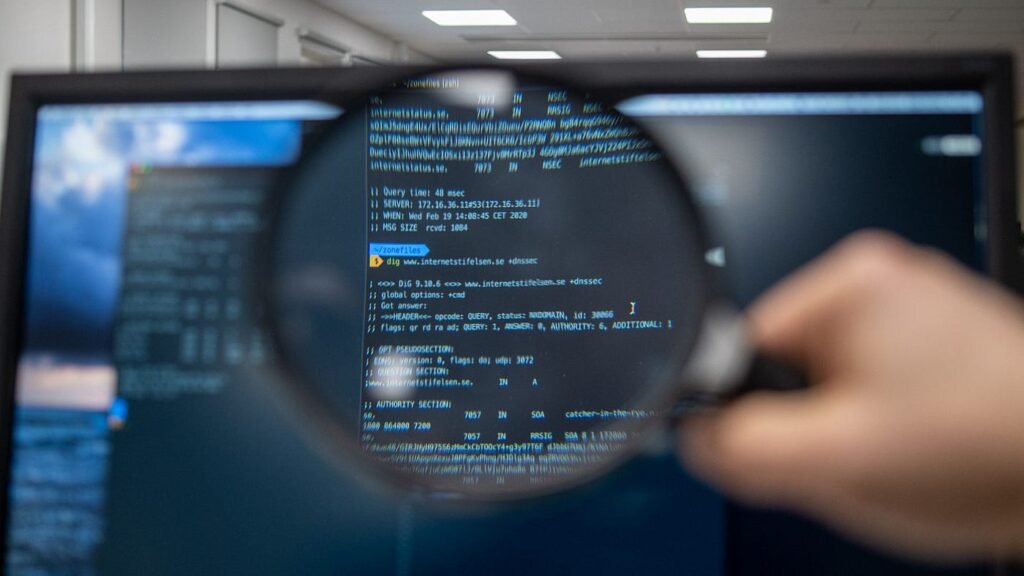
That said, some countries might have a better chance of coping with the immediate and long-term effects of a nuclear conflict due to various factors, such as geographical location, preparedness, and infrastructure. Factors that may contribute to a higher likelihood of coping include:
1. Geographical Distance
Countries farther away from the conflict zones would likely experience fewer immediate effects, such as blast damage and fallout.
2. Civil Defense and Preparedness
Nations with well-developed civil defense and emergency response plans may be better equipped to manage the aftermath of a nuclear event.
3. Economic Resilience
Strong and diverse economies may have more resources to allocate toward recovery efforts.
4. Geographical Features
Natural barriers like mountains or bodies of water can provide some protection from fallout and other nuclear-related effects.
However, it’s crucial to emphasize that even countries that are not directly involved in a nuclear conflict can still experience severe consequences, including nuclear fallout, radioactive contamination, and the disruption of global systems (such as climate and agriculture).
The best approach to nuclear weapons is prevention and disarmament through international diplomacy, arms control agreements, and efforts to reduce the likelihood of nuclear conflict. The use of nuclear weapons would have catastrophic consequences for all of humanity, making their prevention a paramount goal for global security.
In which year biggest arms reduction pact between the US and Russia was signed?
The biggest arms reduction pact between the United States and Russia was the New START Treaty (Strategic Arms Reduction Treaty). It was signed on April 8, 2010. The treaty entered into force on February 5, 2011, and it aimed to limit and reduce the number of deployed strategic nuclear weapons and delivery systems in both countries. The New START Treaty built upon previous arms control agreements and was seen as a significant step in further reducing the nuclear arsenals of both nations, enhancing transparency, and promoting strategic stability.
What are the seven nuclear countries?
There are nine countries known to possess nuclear weapons. The seven recognized nuclear-armed states under the Treaty on the Non-Proliferation of Nuclear Weapons (NPT) are:

United States
The first country to develop and use nuclear weapons during World War II.
Russia
Successor state to the Soviet Union’s nuclear arsenal, maintaining a substantial nuclear stockpile.
The United Kingdom
Possesses a nuclear deterrent consisting of Trident II ballistic missiles.
France
Maintains a nuclear triad, including submarine-launched ballistic missiles.
China
Possesses a credible nuclear arsenal, including intercontinental ballistic missiles (ICBMs).
India
Conducted nuclear tests in 1998 and is believed to have a nuclear triad.
Pakistan
Also conducted nuclear tests in 1998 and is thought to possess nuclear weapons.
North Korea and Israel are two additional countries suspected of having nuclear capabilities but have not publicly acknowledged their arsenals. The global nuclear landscape may evolve, so it’s essential to consult updated sources for the most current information.
The U.S.-Russia nuclear arms control timeline highlights the remarkable evolution of global security efforts in the face of nuclear proliferation. While significant strides have been made, the path forward remains to be determined. As we traverse this historical journey, we’ve witnessed tensions rise and fall, pivotal agreements being signed, and the ongoing quest to mitigate the peril of nuclear weapons. Looking ahead, nations must collaborate, adapt to emerging challenges, and maintain transparency, fostering a safer world. The lessons of the past underscore the importance of diplomacy and cooperation, offering hope for a future with reduced nuclear risks and enhanced global stability.
